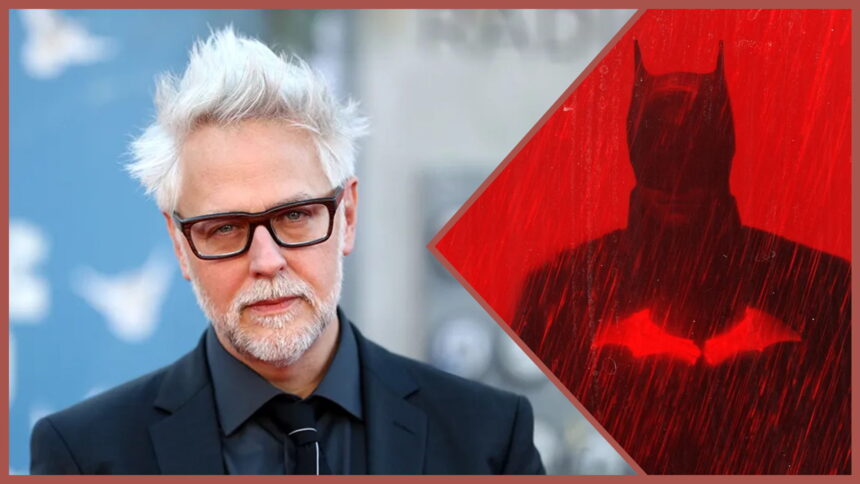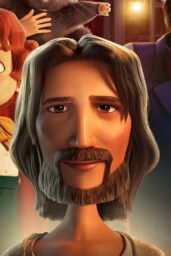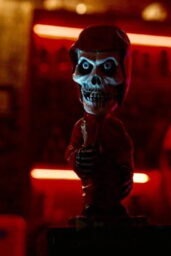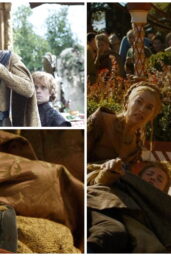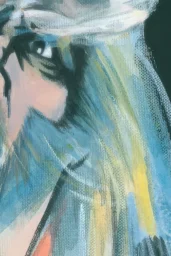In the ever-evolving landscape of superhero cinema, few names stir as much excitement—and speculation—as Batman. The caped crusader has been a cornerstone of DC's cinematic universe, and fans have been eagerly awaiting news on The Batman: Part II. But according to James Gunn, co-head of DC Studios, the sequel is still in limbo. With no script submitted yet, what does this mean for Robert Pattinson's return as the Dark Knight? Let's dive into the latest updates and unpack the challenges facing this highly anticipated film.
The Current State of The Batman: Part II
James Gunn and Peter Safran, the dynamic duo steering DC Studios, recently provided an update on their ambitious plans for the DC Universe (DCU). While they've mapped out the next six years of content, The Batman: Part II remains a question mark. Gunn revealed that director Matt Reeves has yet to turn in a full script, though what's been seen so far is “incredibly encouraging.” The goal is to start filming by the end of the year, but with no script in hand, that timeline feels increasingly uncertain.
The sequel, announced back in April 2022 at CinemaCon, has already seen its release date pushed to 2027. This delay isn't just a minor hiccup—it's a sign of the complexities involved in crafting a worthy follow-up to Reeves' critically acclaimed 2022 film. With Robert Pattinson, Andy Serkis, Jeffrey Wright, and Colin Farrell all set to reprise their roles, the stakes are high. But as any filmmaker will tell you, a great script is the backbone of any great movie, and right now, that backbone is still being built.
A Batman Divided: Reeves' Universe vs. the DCU
One of the most intriguing aspects of The Batman: Part II is its separation from the broader DCU. Gunn confirmed that Pattinson's Batman won't be part of the interconnected universe he and Safran are building. Instead, Reeves' Gotham exists in its own standalone world, allowing for a more grounded, noir-inspired take on the character.
But that's not the only Batman project in the works. Gunn and Safran are also developing Batman: Brave and the Bold, a separate film that will introduce the DCU's version of the Dark Knight. While details are scarce, they've confirmed that a writer is on board (though they're keeping his identity under wraps to avoid undue pressure). Andy Muschietti, fresh off directing The Flash, is set to helm the project. This dual-Batman approach raises an interesting question: Can two versions of the same character coexist successfully, or will one inevitably overshadow the other?
The Broader DCU Landscape
While The Batman: Part II may be stealing the spotlight, Gunn and Safran's vision for the DCU is expansive. Dubbed “Gods and Monsters,” their first phase includes plans for two live-action films and one animated film per year, alongside two live-action and two animated series for Max annually. So far, only five theatrical films have been greenlit: Superman, Supergirl, Clayface, Sgt. Rock, and The Batman: Part II.
One of the most exciting updates is the confirmation of a Teen Titans feature film, with Supergirl screenwriter Ana Nogueira penning the script. This project, along with James Mangold's potential Swamp Thing film, shows that Gunn and Safran are committed to exploring the darker, more unconventional corners of the DC universe. However, Mangold's involvement remains uncertain, as he's reportedly weighing whether to direct Swamp Thing or his Star Wars movie.
The road to The Batman: Part II is proving to be a long and winding one, but if the first film is any indication, it'll be worth the wait. Matt Reeves' vision for Gotham is a refreshing departure from the bombastic, interconnected superhero fare we've grown accustomed to, and Robert Pattinson's brooding, introspective Batman is a standout portrayal. That said, the delays and uncertainties surrounding the script are concerning. Can Reeves deliver a sequel that lives up to the hype, or will the pressure prove too much?
As for the broader DCU, Gunn and Safran's ambitious plans are both exciting and daunting. With so many projects in development, the challenge will be maintaining quality and coherence across the board. The dual-Batman approach is particularly risky, but if anyone can pull it off, it's Gunn, whose love for the source material is evident in every decision.
Do you think The Batman: Part II can live up to the first film, or are the delays a red flag? And how do you feel about having two separate Batman universes? Let us know in the comments!

